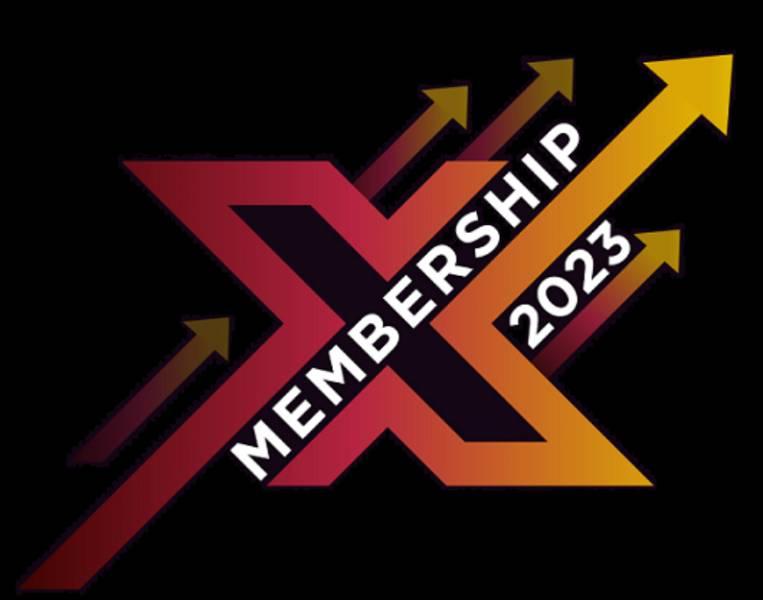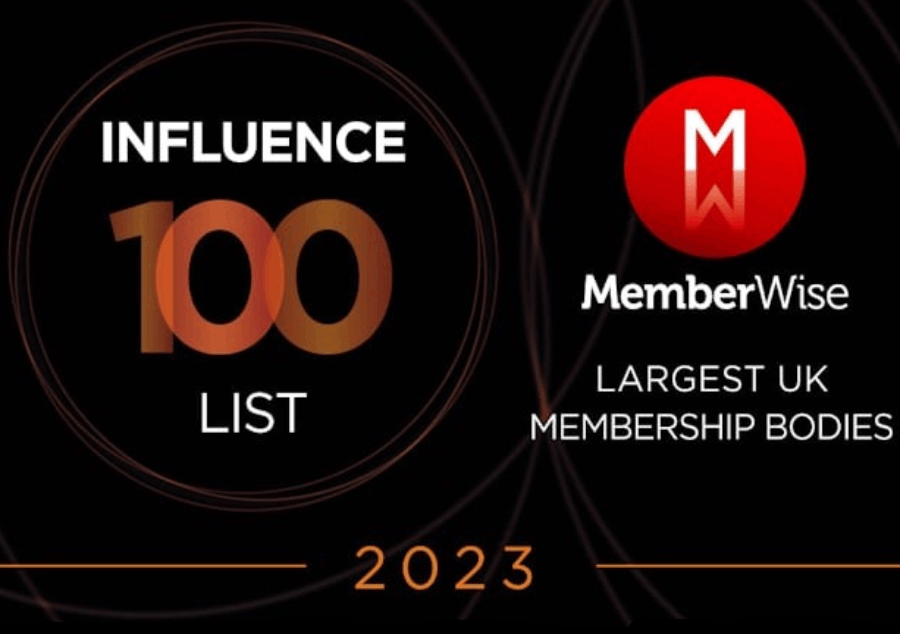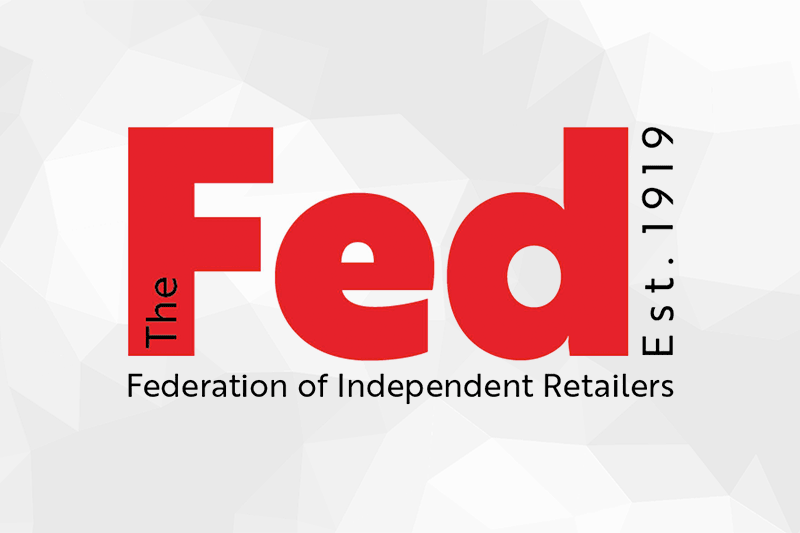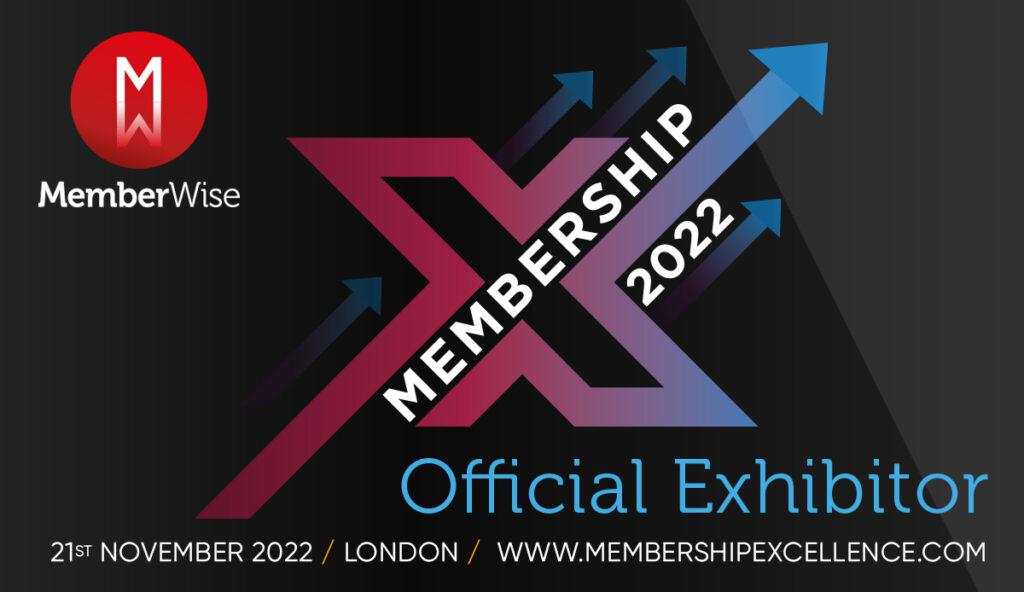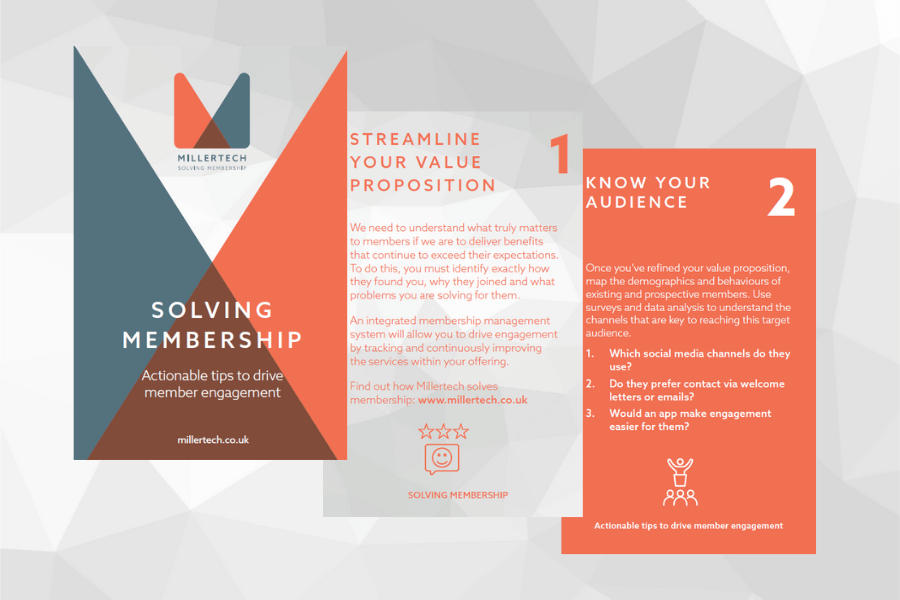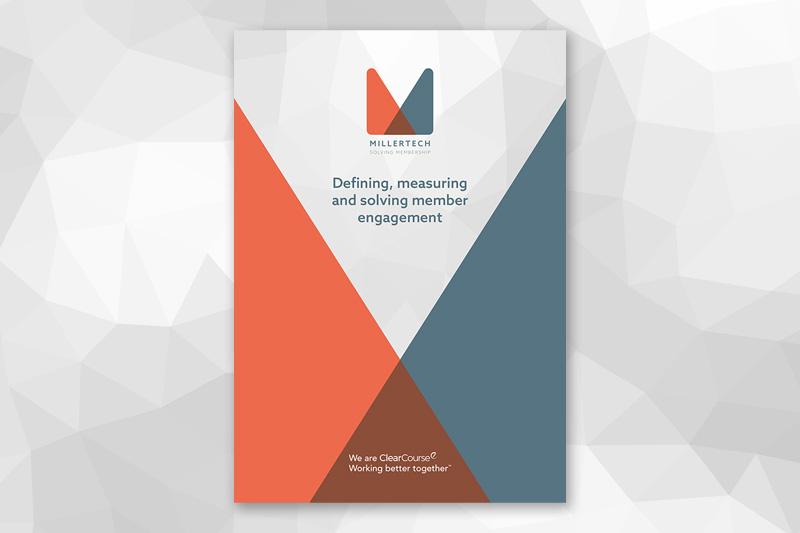Millertech recently worked with a well established membership body that exists to provide help, advice and support to its base whilst also undertaking practical actions such as lobbying.
Their proactive retention strategy was embedded in a practice they referred to as ‘the circle of care’.
This defined a minimum level of contact with each member as they moved through their membership period. It relied upon a process of regular communication to create a feedback loop with which it could demonstrate value to members as they passed through the different phases of membership.
This strategy can be extremely simple providing it is formalised and followed without exception. For example, it could incorporate just the few steps below and still effectively increase the likelihood of retaining members.
• New joining members will automatically receive whatever communications are necessary to signpost the benefits available
• All members will then receive at least one face-to-face meeting in the first half of the year and one personal phone call in the second
• The topic of conversation in each case is to invite feedback on sector trends, quality of member services and to inform them of any new opportunities or events
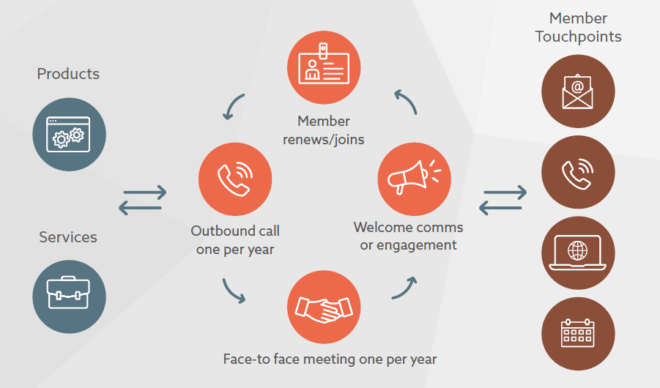
The challenge of larger organisations
The circle of care approach is effective because it gives individual attention to each member. But when the membership volume is higher, this isn’t always possible. Especially if the organisation is to operate efficiently and maintain a competitive subscription rate.
In these examples, we should take the core principals of the circle of care but focus them selectively in the appropriate segments where they can have the largest impact. The first stage therefore is to identify these segments and create targeted strategies for each.
Using data collected via the organisation’s CRM or membership apps, a picture can be built up of various segments within the membership base. These might include demographics, communication preferences or behavioural characteristics based upon which service and products are favoured. From this we might for example decide to focus on highly disengaged members rather than those that already engage regularly with communications, offers and events.
Another approach might be to separate highly engaged Gen-Z and Gen-Y members because they are likely to have different contact preferences and response behaviours. To reach them effectively, each group might therefore demand a different communication strategy.
1. A highly engaged member visits the website often and so site banners and digital communication may be the best way to reach them
2. A disengaged member may instead require a phone call to reach them successfully
3. A very highly disengaged member may require us to accept their leaving as is acceptable level of membership churn and instead focus resources on helping members elsewhere
In each case, it is critical to measure the success of our efforts and feed this data back into the strategy for continuous improvement.
You can read more about retention strategies in our ‘Boosting Retention‘ eBook.




